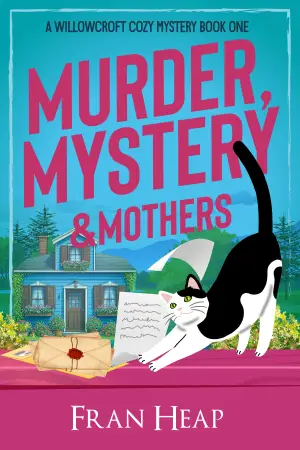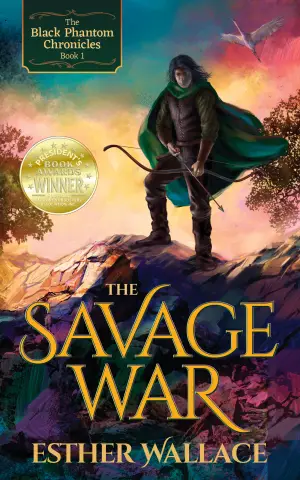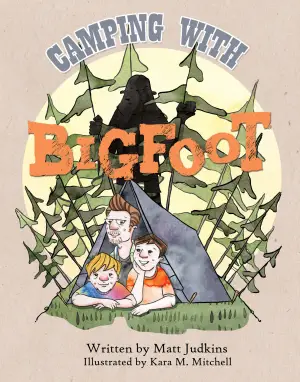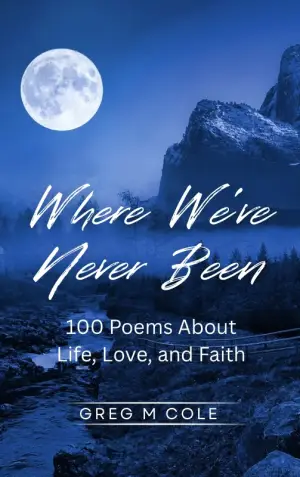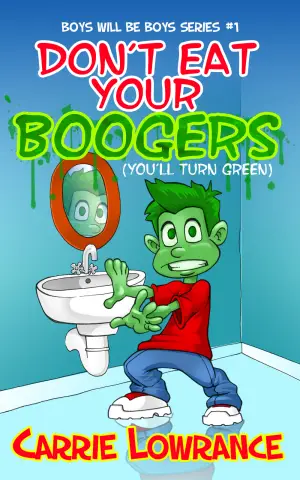A Heartfelt Reflection on Rachel Hollis’ Didn’t See That Coming: Putting Life Back Together When…
When I stumbled upon Rachel Hollis’ Didn’t See That Coming, my curiosity was piqued. I’d heard mixed reviews about her previous work, but the title itself felt like a challenge—a promise that life would throw curveballs, and perhaps some guidance on how to deal with them. As I cracked open the book, little did I know that the journey would be both a heartfelt compassion for her struggles and a critical dive into the messages she presented.
Rachel’s narrative begins with a deeply personal tragedy involving her brother. I found myself pausing, feeling that jolt of recognition, as she laid bare the raw emotion of loss. My heart extended toward her because, without diving into specifics, I’ve walked that difficult path myself. No one should have to experience such profound grief at a young age.
However, as I moved along in her story, I felt a tug-of-war between empathy and criticism. Initially, I was ready to rate this book lower, but then I encountered a statement that made me rethink my appraisal: “there should absolutely be shame in slowly drowning [financially] while pretending that life is fine…” My gut reacted. As an avid follower of Brené Brown, whose teachings on guilt and shame have profoundly influenced my understanding of mental health, I felt compelled to address this. Shame, as Brown articulates, is a destructive force, while guilt can act as a catalyst for change. This crucial distinction felt overlooked in Hollis’ message.
Moreover, her advice leans on the “stop wallowing” mantra, paired with the eye-rolling imperatives like “don’t be dumb.” On some level, I understand the notion of resilience, but when I read these phrases, I couldn’t help but feel that they would perhaps alienate those genuinely struggling. Grief isn’t linear, and the suggestion to grieve a little and then get over it felt misguided at best and hurtful at worst. For someone in the throes of sorrow, these words may sting sharply rather than provide solace.
Then there’s her perspective on loss—she mentions having attended over fifty funerals, which, while offering her an array of experiences, feels like an undertone of “my pain is tougher than yours.” It’s a subtle yet jarring dismissal of the unique ways each individual processes grief. I couldn’t help but think how different her experiences might be from those of people for whom grief feels insurmountable.
Her solutions to financial struggles? The advice to start a side hustle may not resonate with everyone, especially with those facing systemic barriers. It echoed a tone that felt privileged, leaving little room for the complexities many of us face in today’s world.
Despite these critiques, Didn’t See That Coming does contain nuggets of wisdom, particularly for those who might find empowerment in a straightforward, hustle-oriented approach to life. Rachel shares her vulnerabilities, and in doing so, she might inspire individuals to tackle their own obstacles with a sense of grit. For those standing on firmer ground, her perspective can serve as a kick in the rear to push forward.
To conclude, I’d recommend this book to readers who appreciate directness and those who may be navigating their own challenges with resilience. While I found parts of her message disconcerting, my reading experience has prompted important reflections on grief, shame, and personal struggle. Ultimately, my connection with this book was marked by a blend of empathy and critique, leading me to question not only Hollis’ words but also the broader narrative around dealing with life’s unexpected turns.
Discover more about Didn’t See That Coming: Putting Life Back Together When… on GoodReads >>

